IEEE Standard for
Local and metropolitan area networks—
Part 15.4: Low-Rate Wireless Personal Area
Networks (LR-WPANs)
IEEE Computer Society
S
AN/MAN Standards Committee
L ponsored by the
IEEE
3 Park Avenue
New York, NY 10016-5997
USA
5 September 2011
IEEE Std 802.15.4™‐2011
(Revision of
IEEE Std 802.15.4-2006)
Authorized licensed use limited to: Cornell University. Downloaded on November 28,2012 at 22:56:58 UTC from IEEE Xplore. Restrictions apply.
�
Authorized licensed use limited to: Cornell University. Downloaded on November 28,2012 at 22:56:58 UTC from IEEE Xplore. Restrictions apply.
�
IEEE Std 802.15.4™-2011
(Revision of
IEEE Std 802.15.4-2006)
IEEE Standard for
Local and metropolitan area networks—
Part 15.4: Low-Rate Wireless Personal Area
Networks (LR-WPANs)
Sponsor
LAN/MAN Standards Committee
of the
IEEE Computer Society
Approved 16 June 2011
IEEE-SA Standards Board
Authorized licensed use limited to: Cornell University. Downloaded on November 28,2012 at 22:56:58 UTC from IEEE Xplore. Restrictions apply.
�
Abstract: The protocol and compatible interconnection for data communication devices using low-
data-rate, low-power, and low-complexity short-range radio frequency (RF) transmissions in a wire-
less personal area network (WPAN) were defined in IEEE Std 802.15.4-2006. In this revision, the
market applicability of IEEE Std 802.15.4 is extended, the ambiguities in the standard are removed,
and the improvements learned from implementations of IEEE Std 802.15.4-2006 are included.
Keywords: ad hoc network, IEEE 802.15.4, low data rate, low power, LR-WPAN, mobility, PAN,
personal area network, radio frequency, RF, short range, wireless, wireless personal area network,
WPAN
The Institute of Electrical and Electronics Engineers, Inc.
3 Park Avenue, New York, NY 10016-5997, USA
Copyright © 2011 by the Institute of Electrical and Electronics Engineers, Inc.
All rights reserved. Published 5 September 2011. Printed in the United States of America.
ISBN 978-0-7381-6683-4 STD97126
ISBN 978-0-7381-6684-1 STDPD97126
IEEE is a registered trademark in the U.S. Patent & Trademark Office, owned by the Institute of Electrical and Electronics
Engineers, Incorporated.
Print:
PDF:
IEEE prohibits discrimination, harassment, and bullying. For more information, visit http://www.ieee.org/web/aboutus/wha-
tis/policies/p9-26.html.
No part of this publication may be reproduced in any form, in an electronic retrieval system or otherwise, without the prior
written permission of the publisher.
Authorized licensed use limited to: Cornell University. Downloaded on November 28,2012 at 22:56:58 UTC from IEEE Xplore. Restrictions apply.
�
IEEE Standards documents are developed within the IEEE Societies and the Standards Coordinating Committees of
the IEEE Standards Association (IEEE-SA) Standards Board. The IEEE develops its standards through a consensus
development process, approved by the American National Standards Institute, which brings together volunteers
representing varied viewpoints and interests to achieve the final product. Volunteers are not necessarily members of the
Institute and serve without compensation. While the IEEE administers the process and establishes rules to promote
fairness in the consensus development process, the IEEE does not independently evaluate, test, or verify the accuracy of
any of the information contained in its standards.
Use of an IEEE Standard is wholly voluntary. The IEEE disclaims liability for any personal injury, property or other
damage, of any nature whatsoever, whether special, indirect, consequential, or compensatory, directly or indirectly
resulting from the publication, use of, or reliance upon this, or any other IEEE Standard document.
The IEEE does not warrant or represent the accuracy or content of the material contained herein, and expressly disclaims
any express or implied warranty, including any implied warranty of merchantability or fitness for a specific purpose, or
that the use of the material contained herein is free from patent infringement. IEEE Standards documents are supplied
“AS IS.”
The existence of an IEEE Standard does not imply that there are no other ways to produce, test, measure, purchase,
market, or provide other goods and services related to the scope of the IEEE Standard. Furthermore, the viewpoint
expressed at the time a standard is approved and issued is subject to change brought about through developments in the
state of the art and comments received from users of the standard. Every IEEE Standard is subjected to review at least
every five years for revision or reaffirmation. When a document is more than five years old and has not been reaffirmed,
it is reasonable to conclude that its contents, although still of some value, do not wholly reflect the present state of the
art. Users are cautioned to check to determine that they have the latest edition of any IEEE Standard.
In publishing and making this document available, the IEEE is not suggesting or rendering professional or other services
for, or on behalf of, any person or entity. Nor is the IEEE undertaking to perform any duty owed by any other person or
entity to another. Any person utilizing this, and any other IEEE Standards document, should rely upon the advice of a
competent professional in determining the exercise of reasonable care in any given circumstances.
Interpretations: Occasionally questions may arise regarding the meaning of portions of standards as they relate to
specific applications. When the need for interpretations is brought to the attention of IEEE, the Institute will initiate
action to prepare appropriate responses. Since IEEE Standards represent a consensus of concerned interests, it is
important to ensure that any interpretation has also received the concurrence of a balance of interests. For this reason,
IEEE and the members of its societies and Standards Coordinating Committees are not able to provide an instant
response to interpretation requests except in those cases where the matter has previously received formal consideration.
At lectures, symposia, seminars, or educational courses, an individual presenting information on IEEE standards shall
make it clear that his or her views should be considered the personal views of that individual rather than the formal
position, explanation, or interpretation of the IEEE. Comments for revision of IEEE Standards are welcome from any
interested party, regardless of membership affiliation with IEEE. Suggestions for changes in documents should be in the
form of a proposed change of text, together with appropriate supporting comments.
Comments on standards and requests for interpretations should be addressed to:
Secretary, IEEE-SA Standards Board
445 Hoes Lane
Piscataway, NJ 08854-4141
USA
Authorization to photocopy portions of any individual standard for internal or personal use is granted by the Institute of
Electrical and Electronics Engineers, Inc., provided that the appropriate fee is paid to Copyright Clearance Center. To
arrange for payment of licensing fee, please contact Copyright Clearance Center, Customer Service, 222 Rosewood
Drive, Danvers, MA 01923 USA; +1 978 750 8400. Permission to photocopy portions of any individual standard for
educational classroom use can also be obtained through the Copyright Clearance Center.
Authorized licensed use limited to: Cornell University. Downloaded on November 28,2012 at 22:56:58 UTC from IEEE Xplore. Restrictions apply.
�
Introduction
This introduction is not part of IEEE Std 802.15.4-2011, IEEE Standard for Local and metropolitan area
networks—Part 15.4: Low-Rate Wireless Personal Area Networks (LR-WPANs).
This is the second revision of IEEE Std 802.15.4. From the beginning, the goal of 802.15.4 was to produce
a standard that enabled very low-cost, low-power communications. The initial standard, IEEE Std 802.15.4-
2003, defined two optional PHYs, operating in different frequency bands with a very simple, but effective,
MAC.
In 2006, the standard was revised, adding two more PHY options. The MAC was backward-compatible, but
it added MAC frames with an increased version number, new security features, and a variety of MAC
enhancements, including:
— Support for a shared time base with a data time stamping mechanism
— Support for beacon scheduling
— Synchronization of broadcast messages in beacon-enabled PANs
In 2007, two new PHYs were added as an amendment, one of which supported accurate ranging. As a part
of this amendment, MAC capability to support ranging was added.
In 2009, two new PHY amendments were approved, one to provide operation in frequency bands specific in
China and the other for operation in frequency bands specific to Japan.
The current revision of the standard was created to roll in the previous three amendments into a single
document. However, IEEE Std 802.15.4 had become very popular, and there were three additional
amendments, 2 PHY and 1 MAC, in process at that time. It was clear that the original organization of the
standard was inadequate for the variety of applications, optional PHYs and optional MAC features to which
the 802.15.4 base standard would be applied.
Thus, the major changes in the current revision are not technical but editorial. The organization of the
standard was changed so that each PHY now has a separate clause. The MAC clause was split into
functional description, interface specification, and security specification. In additon, a great deal of
informative text, including the coexisting annex and regulatory annex, were deleted so that the document
would focus on only those technical requirements needed for interoperability. The revised organization is
the consensus decision of a broad group of 802.15 members, including people who were part of the original
standard as well as individuals developing amendments to the standard for new applications.
The PAR for IEEE Std 802.15.4-2011 was first proposed in July 2010 and was approved in September 2010
by NesCom. After a total of 10 drafts, 3 working group ballots ,and 4 sponsor ballots, the final standard was
approved in June 2011, less than one year from start to finish.
Notice to users
Laws and regulations
Users of these documents should consult all applicable laws and regulations. Compliance with the provi-
sions of this standard does not imply compliance to any applicable regulatory requirements. Implementers of
the standard are responsible for observing or referring to the applicable regulatory requirements. IEEE does
iv
Copyright © 2011 IEEE. All rights reserved.
Authorized licensed use limited to: Cornell University. Downloaded on November 28,2012 at 22:56:58 UTC from IEEE Xplore. Restrictions apply.
�
not, by the publication of its standards, intend to urge action that is not in compliance with applicable laws,
and these documents may not be construed as doing so.
Copyrights
This document is copyrighted by the IEEE. It is made available for a wide variety of both public and private
uses. These include both use, by reference, in laws and regulations, and use in private self-regulation, stan-
dardization, and the promotion of engineering practices and methods. By making this document available for
use and adoption by public authorities and private users, the IEEE does not waive any rights in copyright to
this document.
Updating of IEEE documents
Users of IEEE standards should be aware that these documents may be superseded at any time by the issu-
ance of new editions or may be amended from time to time through the issuance of amendments, corrigenda,
or errata. An official IEEE document at any point in time consists of the current edition of the document
together with any amendments, corrigenda, or errata then in effect. In order to determine whether a given
document is the current edition and whether it has been amended through the issuance of amendments, cor-
rigenda, or errata, visit the IEEE Standards Association website at http://ieeexplore.ieee.org/xpl/stan-
dards.jsp, or contact the IEEE at the address listed previously.
For more information about the IEEE Standards Association or the IEEE standards development process,
visit the IEEE-SA website at http://standards.ieee.org.
Errata
Errata, if any, for this and all other standards can be accessed at the following URL: http://standards.ieee.org/
reading/ieee/updates/errata/index.html. Users are encouraged to check this URL for errata periodically.
Interpretations
Current interpretations can be accessed at the following URL: http://standards.ieee.org/reading/ieee/interp/
index.html.
Patents
Attention is called to the possibility that implementation of this recommended practice may require use of
subject matter covered by patent rights. By publication of this recommended practice, no position is taken
with respect to the existence or validity of any patent rights in connection therewith. The IEEE is not respon-
sible for identifying Essential Patent Claims for which a license may be required, for conducting inquiries
into the legal validity or scope of Patents Claims or determining whether any licensing terms or conditions
provided in connection with submission of a Letter of Assurance, if any, or in any licensing agreements are
reasonable or non-discriminatory. Users of this recommended practice are expressly advised that determina-
tion of the validity of any patent rights, and the risk of infringement of such rights, is entirely their own
responsibility. Further information may be obtained from the IEEE Standards Association.
Copyright © 2011 IEEE. All rights reserved.
v
Authorized licensed use limited to: Cornell University. Downloaded on November 28,2012 at 22:56:58 UTC from IEEE Xplore. Restrictions apply.
�
Participants
At the time the draft of this standard was sent to sponsor ballot, the IEEE P802.15 Working Group had the
following voting members:
Patrick W. Kinney, Co-Vice Chair
James P. K. Gilb, Working Group Technical Editor
Robert F. Heile, Chair
Rick Alfvin, Co-Vice Chair
Patrick W. Kinney, Secretary
James P. K. Gilb, Task Group 4i Chair and Technical Editor
Emad Afifi
Gahng-Seop Ahn
Roberto Aiello
Arthur Astrin
Taehan Bae
Michael Bahr
John Barr
Anuj Batra
Tuncer Baykas
Philip E. Beecher
Ashutosh Bhatia
Ghulam Bhatti
Gary Birk
Mathew Boytim
Peter David Bradley
Nancy Bravin
David Britz
Monique B. Brown
Sverre Brubk
Brian Buchanan
John Buffington
Kiran Bynam
Brent Cain
Edgar H. Callaway
Chris Calvert
Ruben Cardozo
Douglas Castor
Jaesang Cha
Russell Chandler
Kuor-Hsin Chang
Soo-Young Chang
Clint Chaplin
Hind Chebbo
Chang-Soon Choi
Sangsung Choi
Ciaran Connell
David Cypher
Matthew Dahl
David Davenport
Mark Dawkins
Hendricus De Ruijter
Upkar Dhaliwal
Gang Ding
Paul Dixon
Guido Dolmans
Igor Dotlic
Michael Dow
Dietmar Eggert
David Evans
Charles Farlow
John Farserotu
Jeffrey Fischbeck
Mike Fischer
George Flammer
Ryosuke Fujiwara
Noriyasu Fukatsu
Kiyoshi Fukui
John Geiger
Gregory Gillooly
Tim Godfrey
Paul Gorday
Elad Gottlib
Robert Hall
Shinsuke Hara
Hiroshi Harada
Timothy Harrington
Rodney Hemminger
Marco Hernandez
Garth Hillman
Jin-Meng Ho
Wei Hong
Srinath Hosur
David Howard
Jung-Hwan Hwang
Taeho Hwang
Ichirou Ida
Tetsushi Ikegami
Akio Iso
Yeong Min Jang
Adrian Jennings
Wuncheol Jeong
Steven Jillings
Noh-Gyoung Kang
Tae-Gyu Kang
Shuzo Kato
Tatsuya Kato
Jeritt Kent
Prithpal Khakuria
Dae Ho Kim
Dong-Sun Kim
Dukhyun Kim
Jaehwan Kim
Jeffrey King
Ryuji Kohno
Fumihide Kojima
Bruce Kraemer
Raymond Krasinski
Masahiro Kuroda
John Lampe
Zhou Lan
Khanh Le
Cheolhyo Lee
Hyungsoo Lee
Myung Lee
Daniel Lewis
Huan-Bang Li
Liang Li
Sang-Kyu Lim
Jeremy Link
Mike Lynch
Robert Mason
Tomokuni Matsumura
Jeff McCullough
Michael McGillan
Michael D. McInnis
Michael McLaughlin
Charles Millet
Siamak Mirnezami
Rishi Mohindra
Emmanuel Monnerie
Rajendra Moorti
Robert Moskowitz
Hamilton Moy
Peter Murray
Theodore Myers
Chiu Ngo
Paul Nikolich
Hirohito Nishiyama
David Olson
Okundu Omeni
Ryoji Ono
Laurent Ouvry
James Pace
Hyung-Il Park
Jahng Park
Seung-Hoon Park
Taejoon Park
Ranjeet Patro
Al Petrick
Dalibor Pokrajac
Daniel Popa
Stephen Pope
Clinton C. Powell
Richard Powell
Chang-Woo Pyo
Mohammad Rahman
Sridhar Rajagopal
vi
Copyright © 2011 IEEE. All rights reserved.
Authorized licensed use limited to: Cornell University. Downloaded on November 28,2012 at 22:56:58 UTC from IEEE Xplore. Restrictions apply.
�
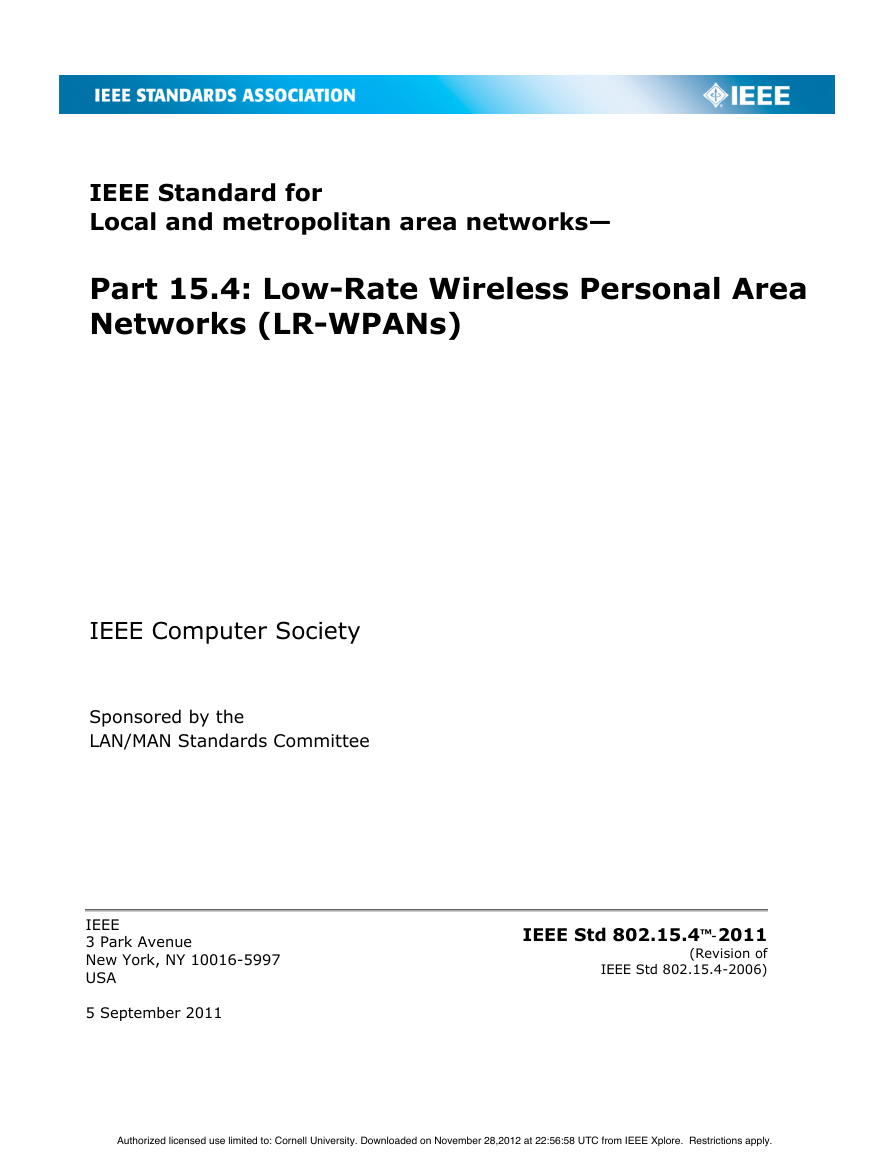

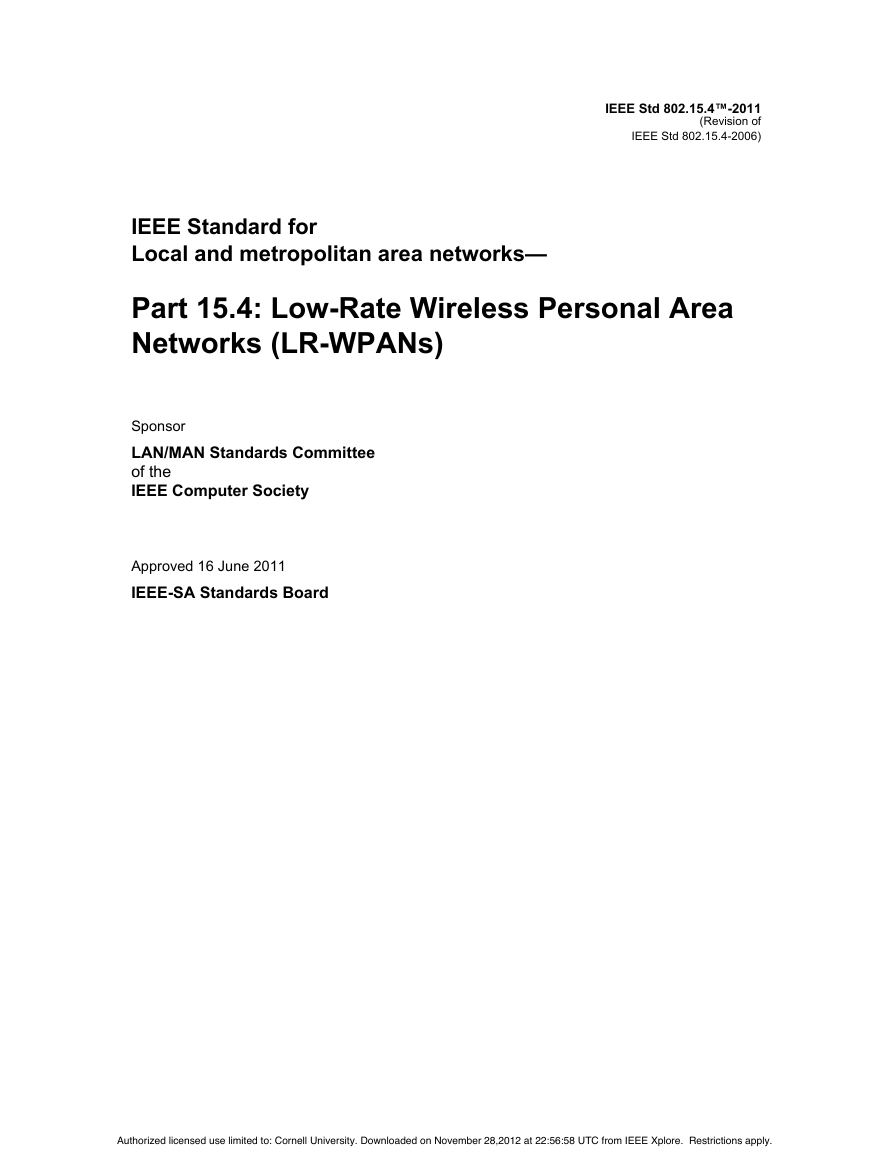
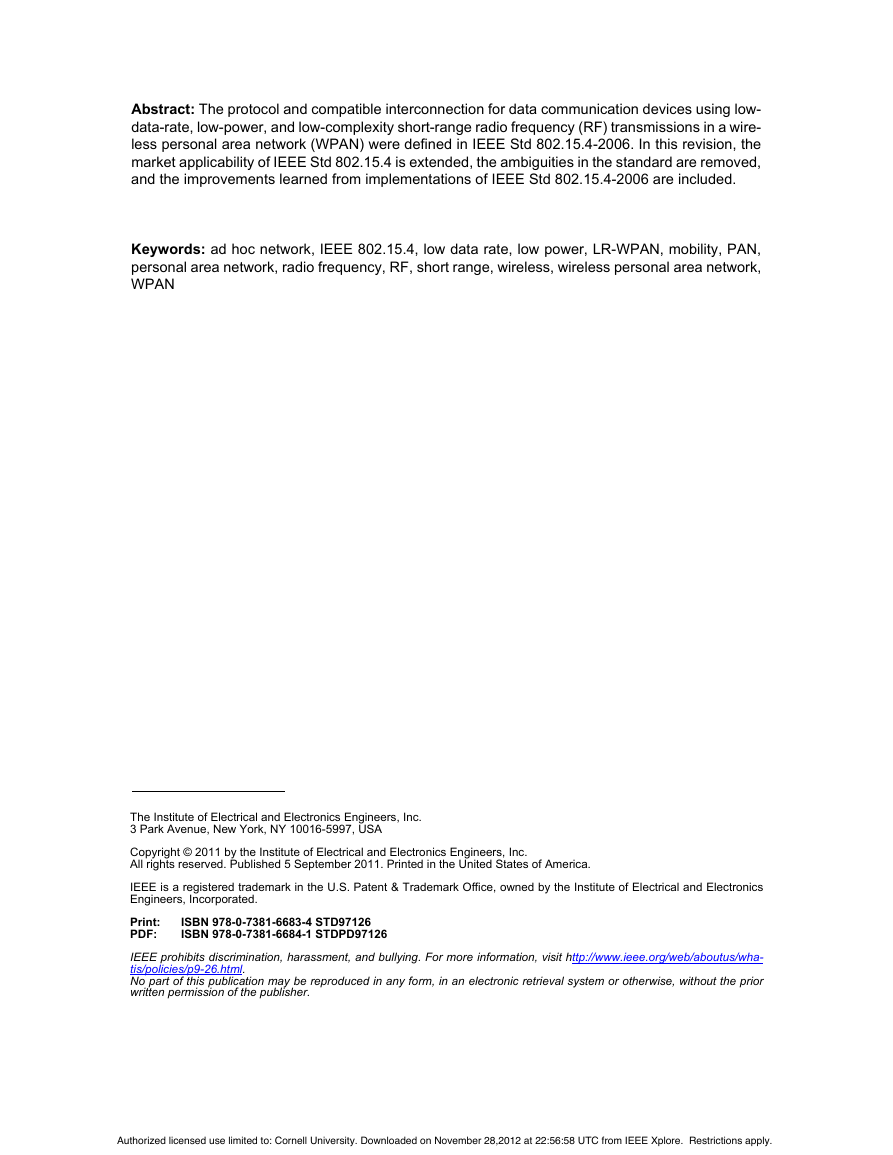
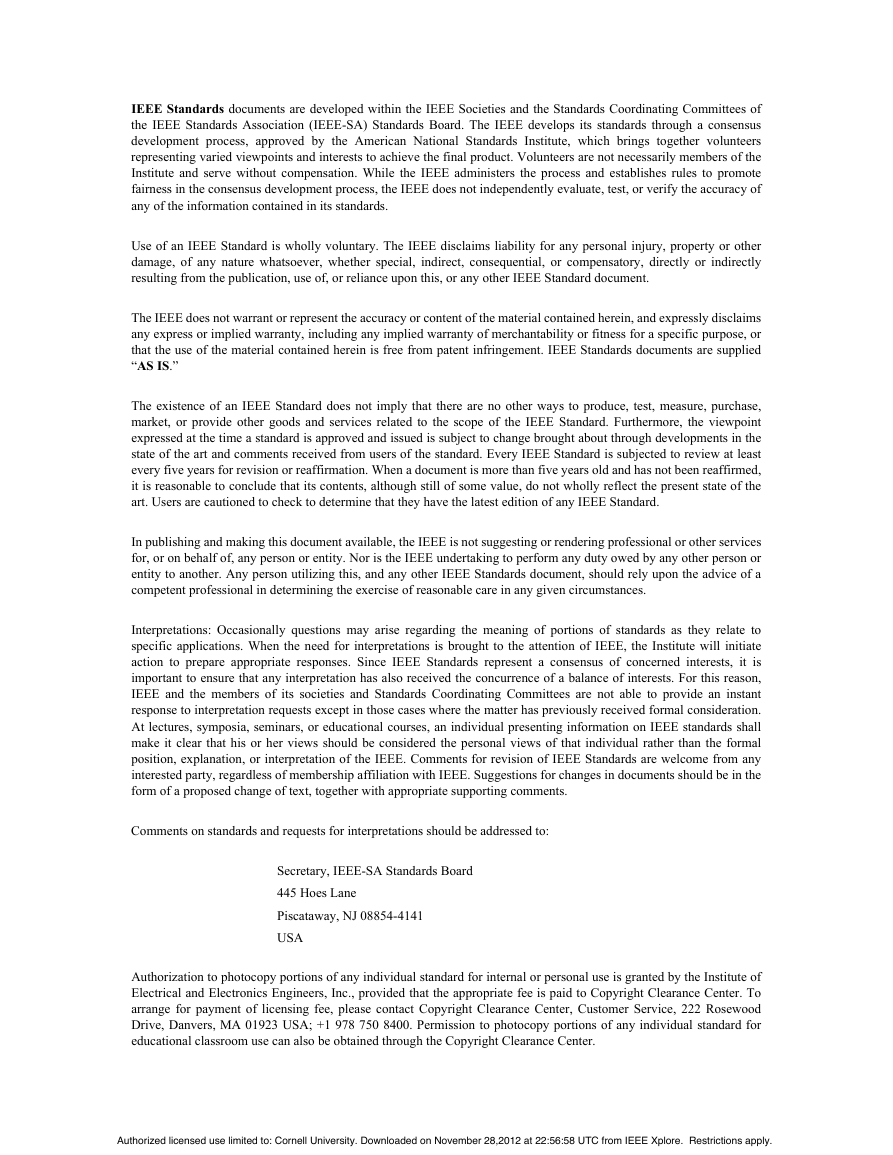
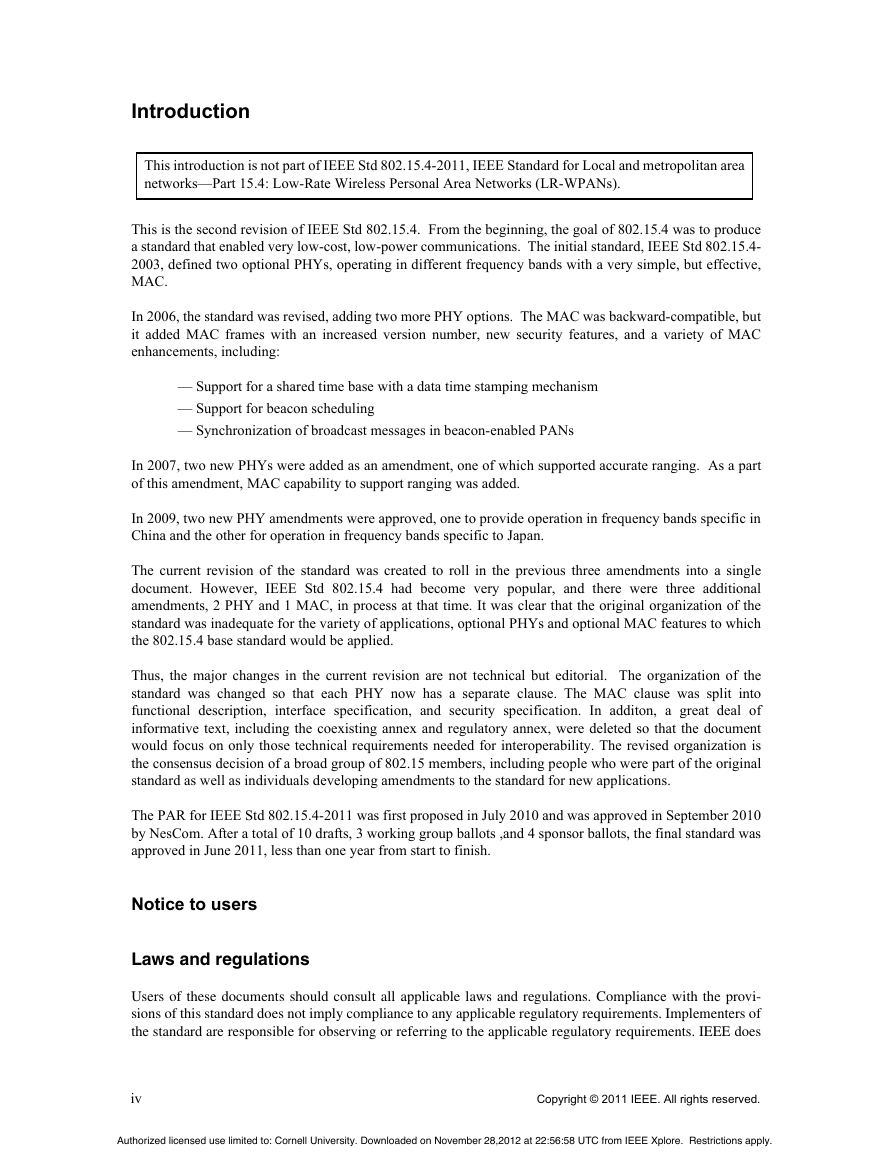
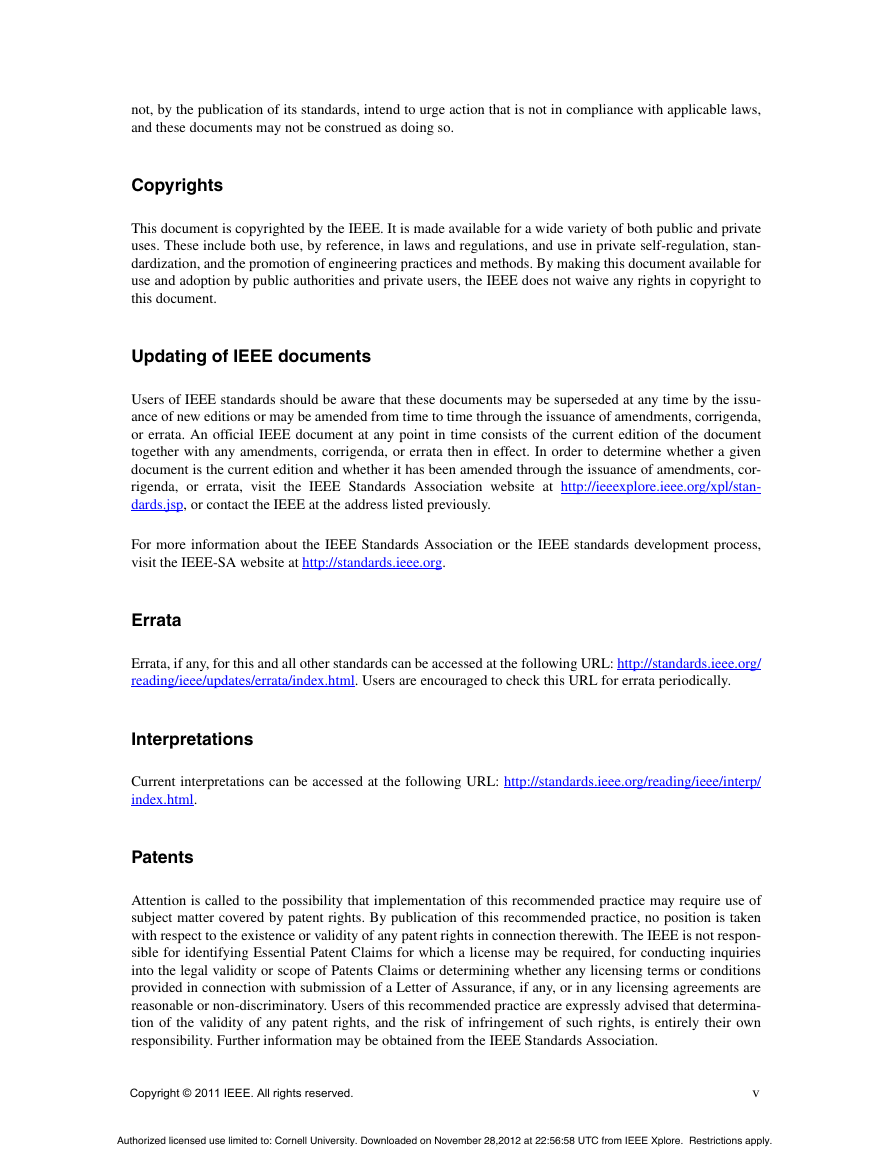









 2023年江西萍乡中考道德与法治真题及答案.doc
2023年江西萍乡中考道德与法治真题及答案.doc 2012年重庆南川中考生物真题及答案.doc
2012年重庆南川中考生物真题及答案.doc 2013年江西师范大学地理学综合及文艺理论基础考研真题.doc
2013年江西师范大学地理学综合及文艺理论基础考研真题.doc 2020年四川甘孜小升初语文真题及答案I卷.doc
2020年四川甘孜小升初语文真题及答案I卷.doc 2020年注册岩土工程师专业基础考试真题及答案.doc
2020年注册岩土工程师专业基础考试真题及答案.doc 2023-2024学年福建省厦门市九年级上学期数学月考试题及答案.doc
2023-2024学年福建省厦门市九年级上学期数学月考试题及答案.doc 2021-2022学年辽宁省沈阳市大东区九年级上学期语文期末试题及答案.doc
2021-2022学年辽宁省沈阳市大东区九年级上学期语文期末试题及答案.doc 2022-2023学年北京东城区初三第一学期物理期末试卷及答案.doc
2022-2023学年北京东城区初三第一学期物理期末试卷及答案.doc 2018上半年江西教师资格初中地理学科知识与教学能力真题及答案.doc
2018上半年江西教师资格初中地理学科知识与教学能力真题及答案.doc 2012年河北国家公务员申论考试真题及答案-省级.doc
2012年河北国家公务员申论考试真题及答案-省级.doc 2020-2021学年江苏省扬州市江都区邵樊片九年级上学期数学第一次质量检测试题及答案.doc
2020-2021学年江苏省扬州市江都区邵樊片九年级上学期数学第一次质量检测试题及答案.doc 2022下半年黑龙江教师资格证中学综合素质真题及答案.doc
2022下半年黑龙江教师资格证中学综合素质真题及答案.doc